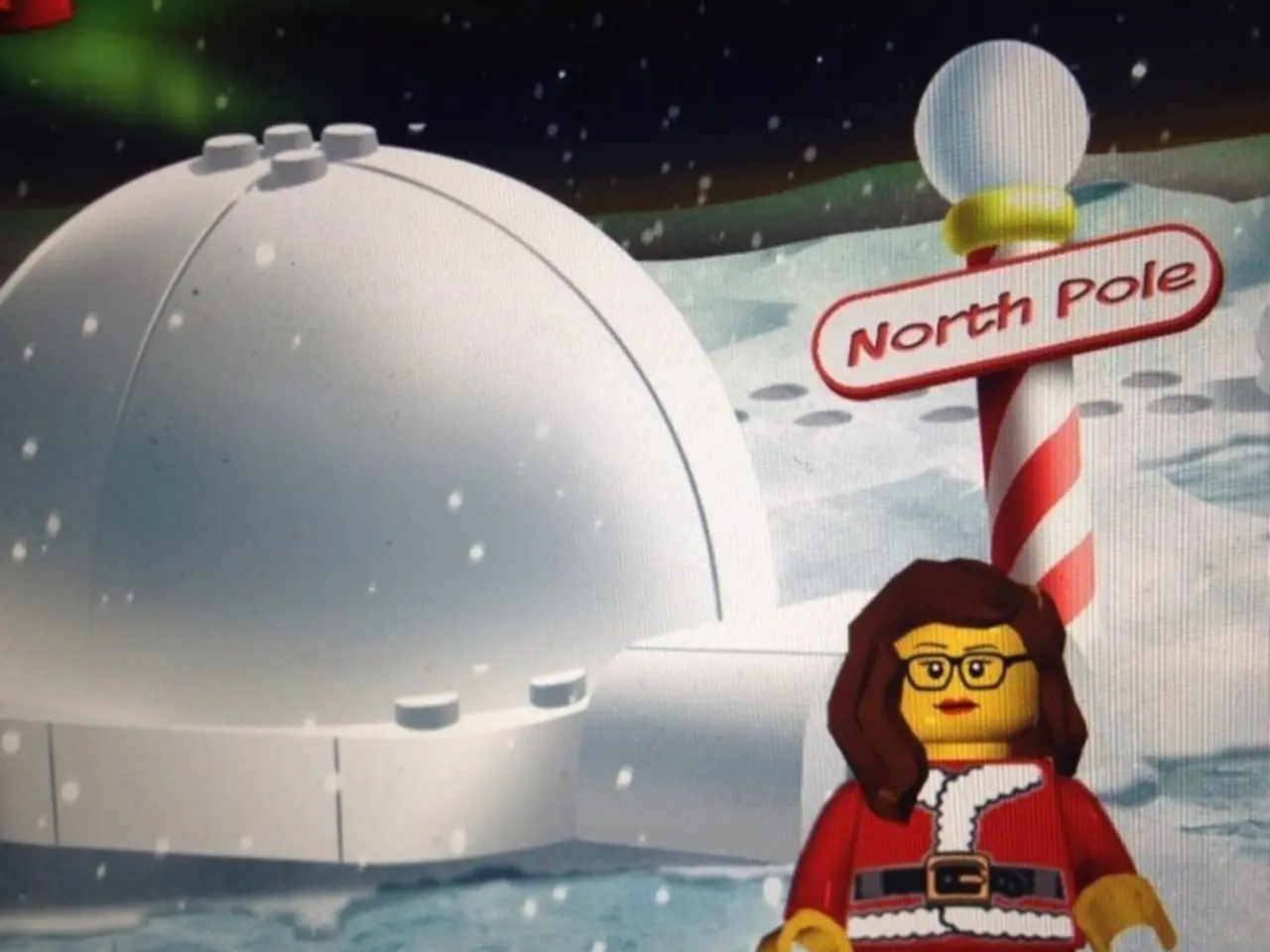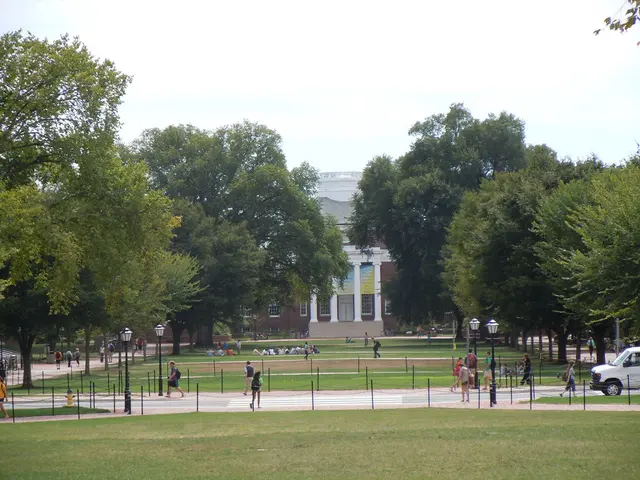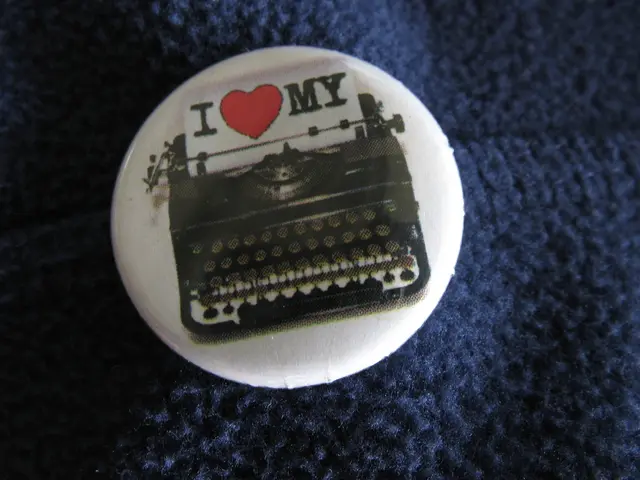Winter-Themed Science Projects for Children: Hands-On Learning Fun!
As the winter season approaches, it's the perfect time to get kids engaged in some fun and educational science experiments. Here are a variety of creative and hands-on activities that cover a range of interests, suitable for children of all ages.
**Snowman Luminaries:** Use empty jars filled with faux snow or salt and battery-operated tea lights to create glowing snowman decorations. This simple yet effective experiment not only adds a festive touch but also helps children understand light diffusion and states of matter.
**Ice Fishing:** Indoors, freeze a small block of ice with embedded objects like paper clips or small toys. Using string, salt, and a stick as a "fishing rod," kids can explore freezing and melting points, as well as salt's effect on ice, by trying to hook the objects as they refreeze.
**Painting on Ice:** Freeze colored water or use food coloring on ice blocks for children to paint and blend colors on a cold surface. This activity allows kids to explore phase changes and color mixing while creating beautiful, unique designs.
**Pretty Ice Decorations:** Fill balloons or molds with water and natural items like leaves or berries, freeze them, and hang outdoors as colorful ice ornaments. This demonstrates freezing and aesthetic science, making for a beautiful winter display.
**Polar Animal Warmth Experiments:** Compare how different materials (like fur, feathers, or fabric) insulate heat using models or stuffed animals wrapped in these materials. This helps children understand insulation and warmth retention concepts, teaching them about the adaptations of polar animals.
**Sensory Snow Recipes:** Make artificial snow using super absorbent polymers from diapers or InstaSnow powder. This absorbs water to create a snow-like gel, perfect for sensory play and learning about absorbent materials.
**Ice in a Balloon:** Fill balloons with water, freeze them, then peel the balloon off for perfect spherical ice balls. This experiment explores freezing and surface tension, making for a fascinating display.
**Marshmallow Olaf:** Create a model of Olaf the snowman using marshmallows and toothpicks. Then, explore melting rates under different conditions (sunlight vs. shade) to understand heat transfer. This makes for a fun and tasty party game or make-your-own dessert.
**Arctic Slime:** Mix glue, water, borax, and blue food coloring to make slime, simulating the mysterious textures and properties of Arctic ice and water. The arctic slime from Little Bins for Little Hands is a popular choice for this experiment.
**Snow Volcano:** Build a small "volcano" of snow or ice and pour vinegar with baking soda inside to create a fizzy eruption. This introduces children to chemical reactions in a fun and exciting way.
**Making Frost:** Place cold objects outside on a clear night and observe frost formation. This activity helps children understand condensation and freezing processes, making for a captivating winter experience.
**Things to Do with Sticks and Leaves:** Collect natural materials to build simple winter habitats or shelters. This encourages children to explore insulation and animal behavior, while also keeping them busy outdoors.
**Toy Car on Ice:** Set toy cars on slippery ice surfaces and experiment with how friction affects movement. This teaches basic physics principles in a fun and engaging way.
**Melting Polar Ice Caps:** Use ice cubes ("polar ice") in water to visualize melting and learn about climate change's effects on polar ice. This experiment provides an opportunity to discuss the importance of preserving our planet.
**North Star and Constellations Activities:** Use star charts and a flashlight to identify constellations indoors or outdoors and learn navigation basics by locating the North Star. This activity introduces children to astronomy and geography, making for a captivating and educational experience.
Most of these experiments emphasize hands-on learning, sensory engagement, and scientific concepts such as states of matter, freezing point depression, insulation, and chemical reactions. Many are simple to set up at home or in classrooms and encourage curiosity about winter and polar science.
Kids can delve into educational science activities during the winter season, experimenting with various hands-on and creative projects. Snowman luminaries, ice fishing, painting on ice, and pretty ice decorations are instances that demonstrate light diffusion, freezing, and melting points, as well as states of matter. Other activities like polar animal warmth experiments, sensory snow recipes, making frost, and melting polar ice caps foster an understanding of insulation, absorption, condensation, and climate change. Children can further learn physics through experiments with toy cars on ice and investigate aspects of environmental science, education, and self-development by constructing winter habitats. Moreover, the North Star and constellations activities serve as an introduction to astronomy, geography, and navigation, providing a captivating and educational experience for kids.




